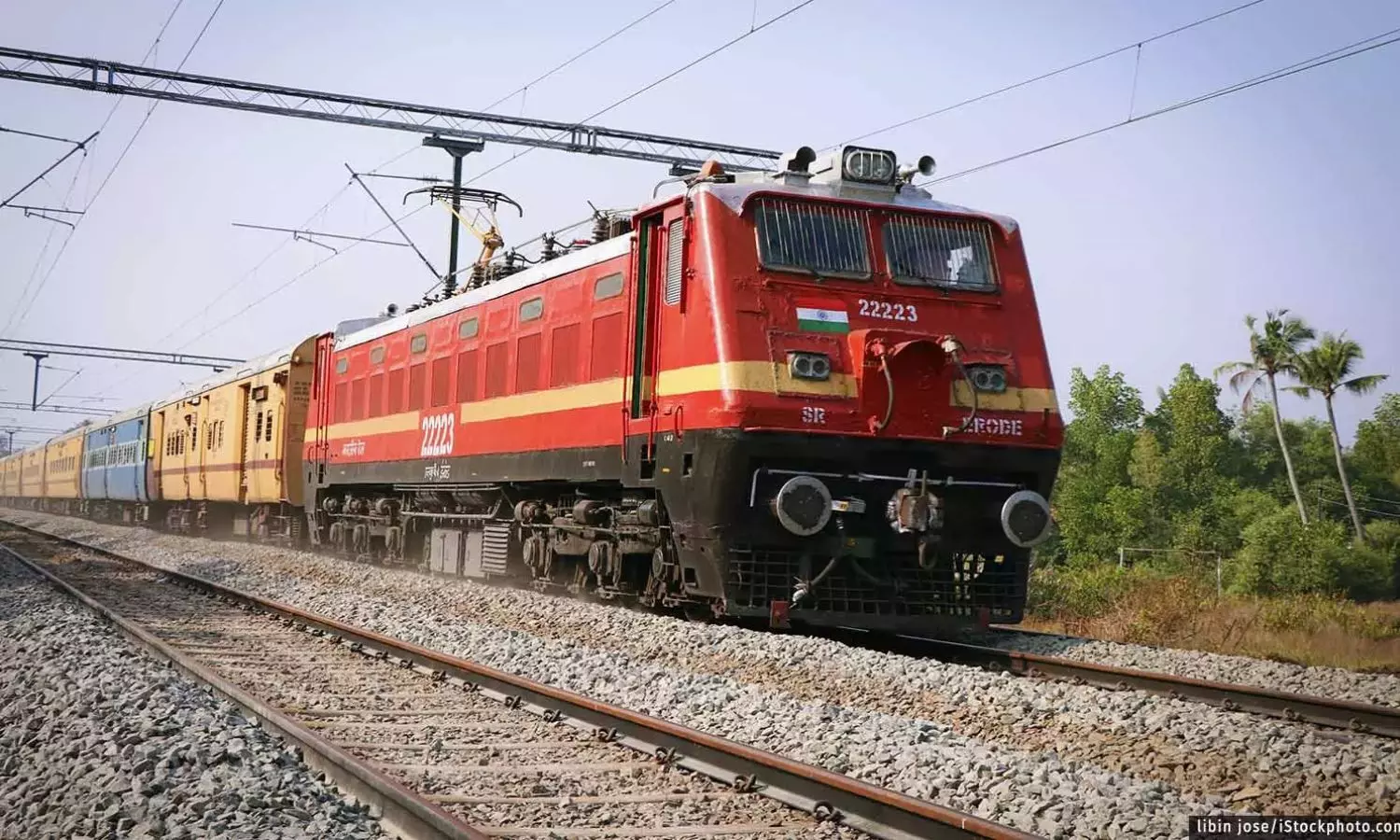Train Accidents: Human Error or Technology Failure?
Kavach works through radio frequency detection devices on locomotives, tracks, and railway signaling systems.
Kavach is a railway safety system designed to prevent accidents.

We know that a serious train accident took place in the Tiruvallur district of Tamil Nadu on Friday.
While the Bhagmati Express was approaching Kavaripettai station, the train mistakenly entered the loop line instead of the main line and collided with a goods train that was stopped on that line.
At that time, railway officials revealed that a green signal had been given to the express train.
RN Singh, General Manager of Southern Railway, confirmed the situation and stated that an investigation is being conducted to determine the reasons for taking the alternate route after receiving the signal.
People are questioning the role of technology in preventing train accidents.
Is technology responsible for these accidents?
In this situation, let's explore Kavach technology, which aims to keep trains safe.
What is Kavach?
Kavach is a railway safety system designed to prevent accidents. It’s hard to imagine the risks of two trains approaching each other on the same track. In those critical moments, Kavach acts as an automatic system that stops collisions between trains.
This technology helps prevent accidents caused by human mistakes or signal failures, especially when the train driver isn’t paying attention, the track is in poor condition, or there are technical issues.
Kavach works through radio frequency detection devices on locomotives, tracks, and railway signaling systems, as well as electronic equipment installed at every station at a distance of one kilometer.
Developed with 4G LTE-based systems, this technology communicates through ultra-high radio frequencies.
It was launched in 2012 as the Train Collision Avoidance System (TCAS) but was implemented for the first time in 2017.
Key Components:
Loco Watch: A computer system installed in the train engine.
Station Kavach: A computer system installed at railway stations.
Radio Frequency Identifiers (RFID Tags): Fixed at intervals along the tracks.
GPS: Used to determine the exact location of the train.
Can Kavach prevent the Kavaripettai accident?
This cannot be determined without knowing the exact cause of the accident. However, Kavach can help prevent accidents in the following scenarios:
Signal Overrun (SPAD): If a train crosses a red signal, Kavach automatically applies the brakes.
High-speed: Kavach ensures that trains remain within the prescribed speed limits. This technology tracks trains that may derail at high speeds.
Head-on Collision: Kavach technology can stop trains as an emergency measure if two trains are detected on the same track.
Current Status of Kavach Technology: As of April 2022, Kavach technology covers 1,445 km at 134 stations in the South Central Railway zone, representing a small portion of India’s total 68,000 km of railway track.
In this context, Railway Minister Ashwini Vaishnav recently announced that an advanced automatic protection system, 'Kavach 4.0', will be installed in 10,000 train carriages to prevent train accidents.
Tenders have been invited to extend the Kavach system to 9,000 kilometers of railway line.
It is estimated to cost Rs. 50 lakhs per kilometer to install Kavach equipment and implement the technology. So far, only a few places have adopted this scheme. However, due to recent accidents in the railway sector, there is a pressing need to implement Kavach across India.
Ministry of Railways Plans: The Indian Railways aims to implement Kavach technology on 44,000 kilometers in the next five years.
The focus is on improving the speed and safety of trains on major routes like Delhi-Mumbai and Delhi-Howrah.
The Ministry of Railways stated that the expansion will be carried out under the "Mission Raftar" scheme, which emphasizes enhancing the speed and safety of Indian trains.

